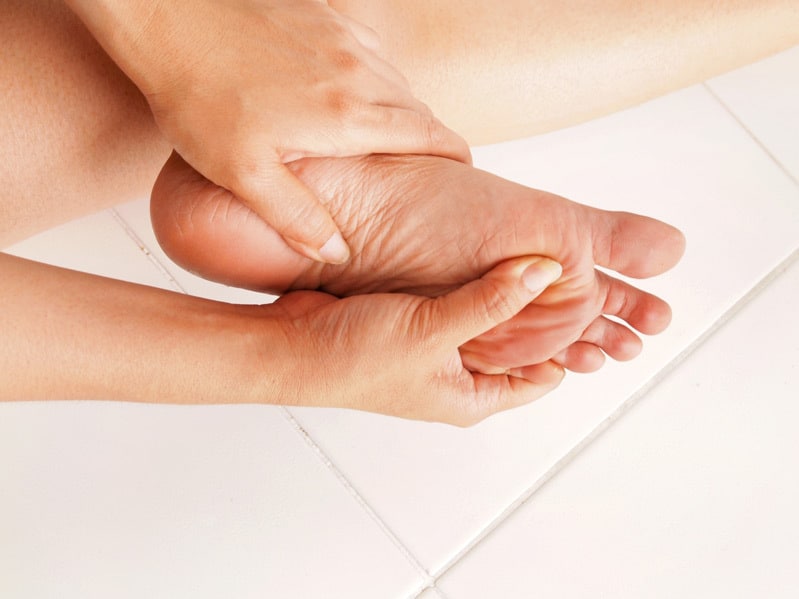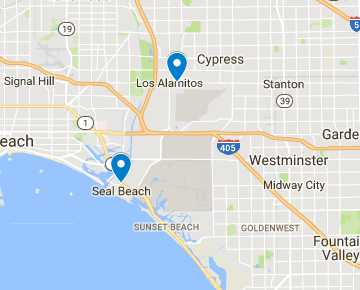American Diabetes Month: Self Diabetic Foot Exam

After a diagnosis of diabetes, it’s important for you to take care of many different parts of the body that can be affected by the disease. Your eyes, kidneys, nerves, and feet are all at risk of complications related to diabetes. Your feet in particular can experience many different complications, especially after onset of diabetic neuropathy (loss of feeling due to damage to the nerves). The smallest wounds can become ulcers and infections can end up needing amputation if not promptly and correctly treated.
The following are steps for a diabetic foot exam you can do on your own. This exam is helpful as a preventative measure and can help you detect when you might be experiencing diabetic neuropathy. Remember to check your feet daily if you already lost sensation in your feet.
- Start by washing your feet with warm water and soap every day. It will help with hygiene, prevent infection, and give a regular opportunity for inspecting your feet. Then, fully dry your feet, making sure to dry out in between the toes.
- Take a seat and look at your feet. Do you notice any changes or new developments? Do you have a cut somewhere? Are you developing a callus? Do you have a bumpy rash? Are any toenails growing into the skin (like an ingrown toenail)? Is it dry? Turn your feet so that you can see top, bottom, and sides of the feet. If you do not have the flexibility or mobility to do so, ask a family member or friend to help you. You can also put a mirror under your foot to help.
- Treat any new foot problems such as cuts, swelling, calluses, blisters, ingrown toenails, fungal infection, or rash. Moisturize dry skin to prevent cracking heels, and use antifungals for Athlete’s foot. If you have trouble figuring out the proper treatment, come see us right away for a proper diagnosis. Not only is it possible that your feet will heal slowly, not treating it can also lead to a more severe complication.
- Feel your feet with the hands. Your feet might be hot or cold, but if you have lost sensation, you may not notice until you have touched it. Additionally, feel for any new bumps on the skin, or along the bones (such as a bunion or bone spur).
- Smell your socks and shoes. Now that you’ve cleaned your feet, it may be more helpful to see if you have foot odor by testing your socks and shoes. Foot odor could be a sign of bacterial or fungal infection. Sanitize your shoes and change your socks midday to mitigate smells.
Have you noticed a change in your foot status? Are you feeling tingling, stinging, burning, or a loss of sensation in your feet? For an accurate diagnosis and treatment recommendation, make an appointment today at Alamitos-Seal Beach Podiatry Group for a thorough assessment. One of our board-certified podiatrists, Dr. Douglas H. Richie, Dr. Jeremy L. Cook, and Dr. Faye E. Izadi will be happy to help at either of our offices in Seal Beach, CA and Los Alamitos, CA in Orange County.





